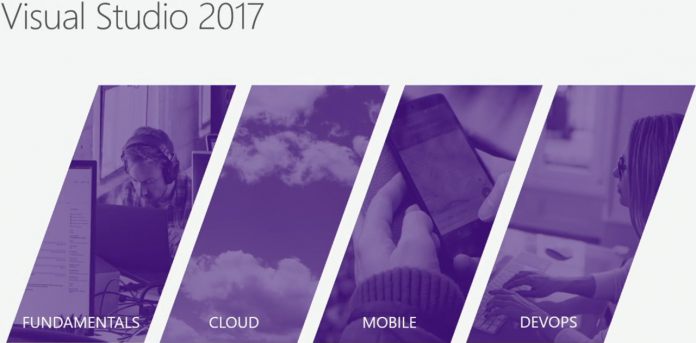With Visual Studio 2017 version 15.2 now open to everyone, Microsoft is moving on. The company also announced at Build 2017 that version 15.3 is now available in preview. The latest preview release comes with “bug fixes, improvements in accessibility, and new functionality”. Back to VS 2017 version 15.2, here is the changelog of new features and changes:
Data science and analytical applications workload has been added. The Python development workload is now localized in all supported Visual Studio language packs. Side-by-side support for TypeScript compiler versions. You can now pass command line debug arguments in JavaScript UWP applications. This was previously available for C#, VB, and C++ UWP applications. Note: There is an issue with passing command line arguments to the Simulator in this release. Multiple Team Explorer fixes. You can now change the location of where packages are cached or even disable caching of packages during install, modify, or repair. Multiple F# tools improvements. CMake integration now supports CMake 3.7.2. This updated CMake menu is based on your feedback. Linux C++ now enables improved type visualization during debugging. Fixed issue where Visual Studio 2017 may not launch when installed alongside Visual Studio 2005 or earlier. The Game Development with Unity workload now offers to install Unity 5.6.
Visual Studio 2017 is different to previous versions and can install faster. This is because Microsoft allows users to customize elements that they want to use. Because of this, there are usually less components in VS 2017 installs. Microsoft says this allows the suite to start up around three times faster than Visual Studio 2015.
Mac Support
Also at Build 2017 today, Microsoft revealed Visual Studio is now debuting on Mac. This support has been promised since last November and has been in preview since then. Thanks to Xamarin Studio, Visual Studio for Mac supports C#-based iOS, Android and Mac development with the Xamarin Platform. This allows dev’s to diversify devices on a number of platforms to create applications. Due to its common traits with the Windows version, it comes with an Azure-powered cloud back end.




